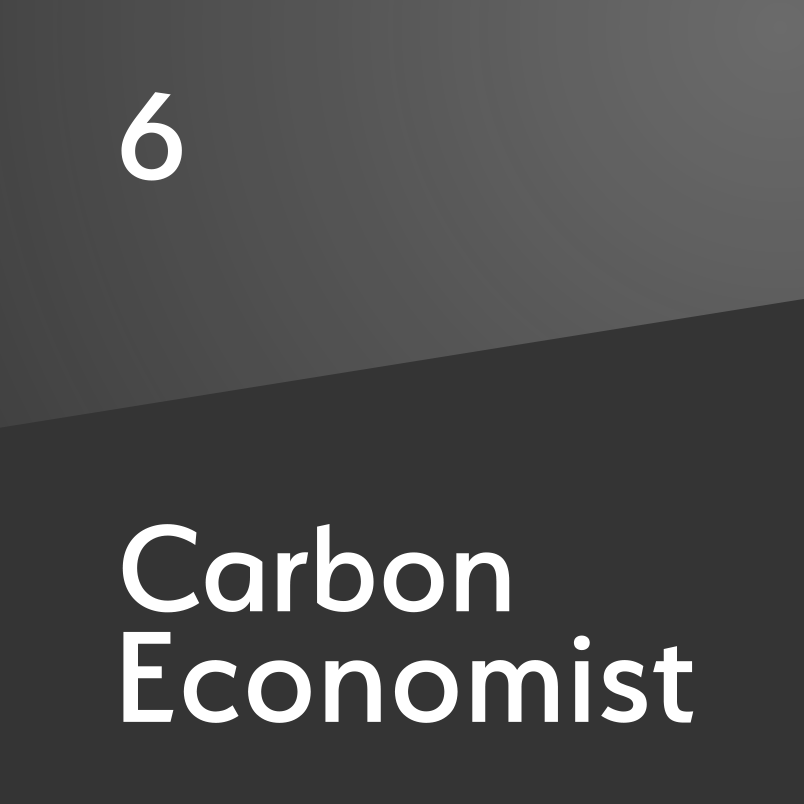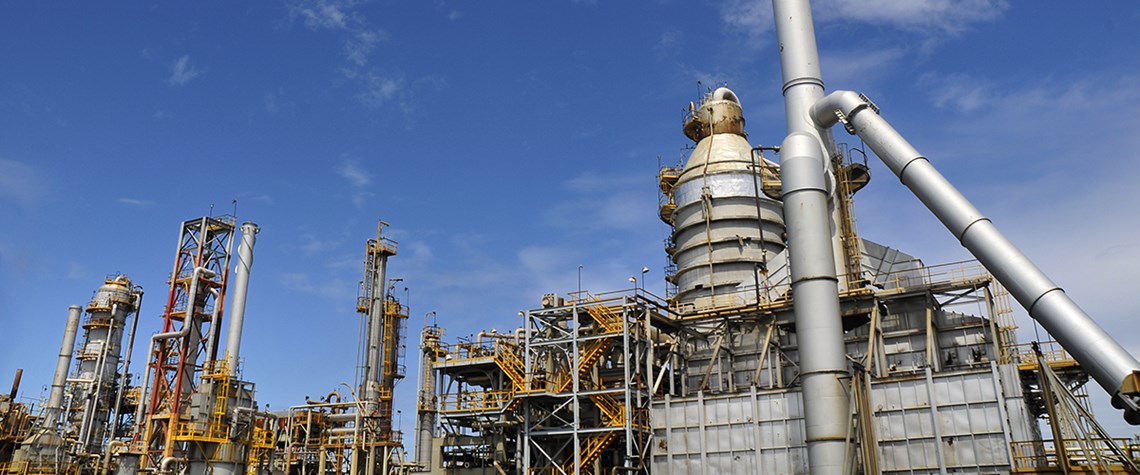Americas target petrochemicals
The region is playing a more prominent role in global petrochemical capital investments
The global petrochemical sector continues to expand exponentially as developing nations' demand for petrochemical/chemical products continues to increase. In its Oil 2018 report, the International Energy Agency (IEA) forecasts that approximately 25pc of the increase in oil consumption to 2023—nearly 1.7mn bl/d—will be from demand for petrochemical feedstocks. Growing demand centres in the Asia-Pacific region will be met by billions of dollars of new petrochemical production capacity in Asia, the Middle East and—crucially—North America. These three regions are investing heavily to boost petrochemical processing capacity to satisfy demand, and the US and the Middle East will export products to

Also in this section
4 December 2025
Time is running out for Lukoil and Rosneft to divest international assets that will be mostly rendered useless to them when the US sanctions deadline arrives in mid-December
3 December 2025
Aramco’s pursuit of $30b in US gas partnerships marks a strategic pivot. The US gains capital and certainty; Saudi Arabia gains access, flexibility and a new export future
2 December 2025
The interplay between OPEC+, China and the US will define oil markets throughout 2026
1 December 2025
The North African producer’s first bidding round in almost two decades is an important milestone but the recent extension suggests a degree of trepidation







